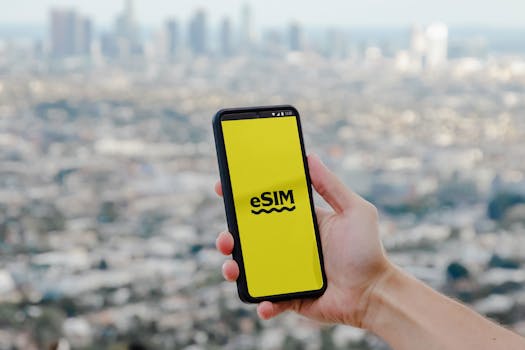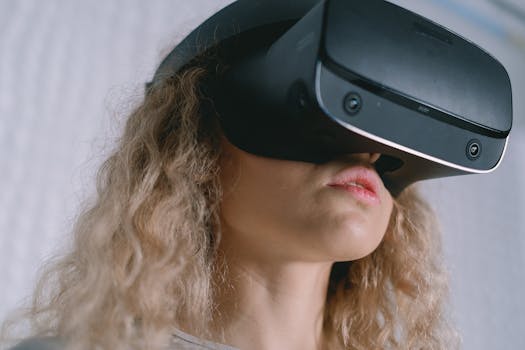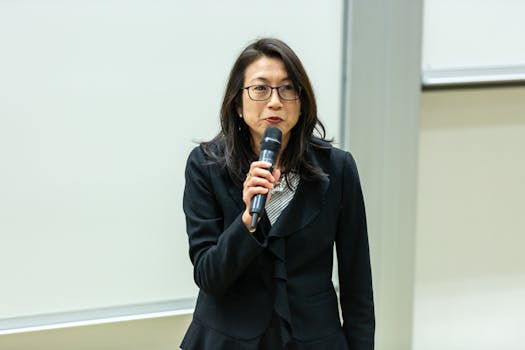Introduction to the Digital Art Revolution
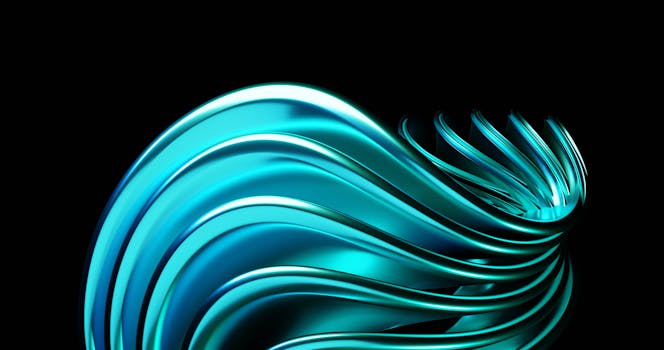
In the last decade, digital art has undergone a massive transformation, largely fueled by advancements in technology. Traditional art forms are being redefined by digital tools, allowing artists to experiment and innovate in ways previously unimaginable. From illustrations and paintings to digital sculptures and immersive installations, the boundaries of creativity are being pushed to new limits.
The Role of Technology in Art Creation
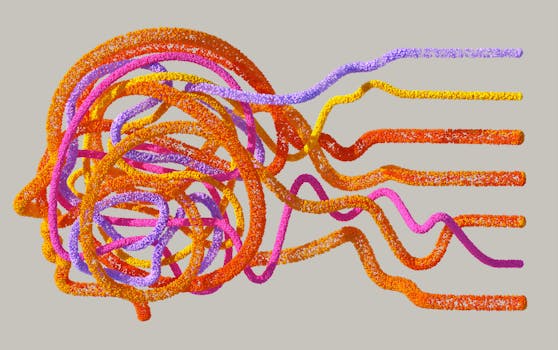
The introduction of software like Adobe Photoshop and Illustrator has changed the landscape of artistic creation. Artists can now take advantage of digital brushes, layers, and editing tools that enhance their creative process. Moreover, the rise of tablets and digital styluses has made drawing and painting more intuitive, bridging the gap between traditional techniques and modern technology. Additionally, 3D modeling software such as Blender enables artists to create intricate three-dimensional works with ease.
Emergence of New Artistic Mediums

With the advent of augmented reality (AR) and virtual reality (VR), artists are finding exciting new mediums for their work. Virtual installations can be experienced globally, allowing audiences to engage with art in interactive ways discovered. Furthermore, NFTs or Non-Fungible Tokens have become a revolutionary aspect of the digital art market, providing artists new avenues for selling and sharing their art. This tech-generated scarcity means that digital artists can monetize their hard work in ways that traditional art mediums could not facilitate.
Impact on Society and Community
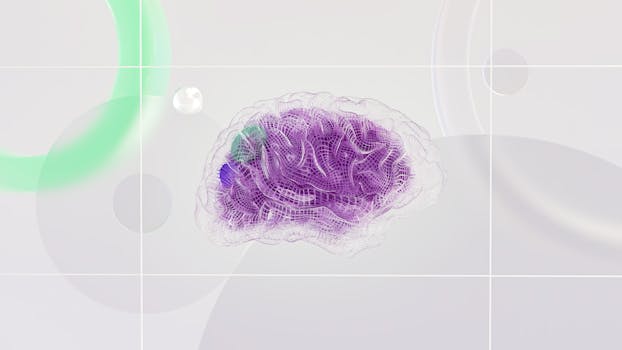
Digital art is democratizing the art world. Artists from various backgrounds can access tools that enable them to express themselves authentically, regardless of their location or economic status. Platforms like Instagram, Behance, and DeviantArt have allowed creators to showcase their artworks, gaining visibility and community support. Additionally, collaborative projects utilizing technology encourage multiple artists to work on shared pieces, offering new perspectives and collective creativity, enriching both the artists’ and viewers’ experiences.
The Future of Digital Art
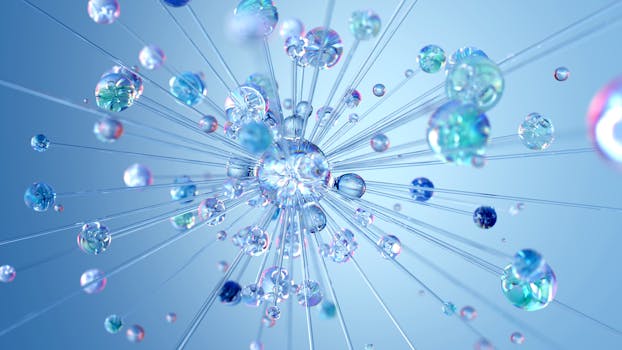
As technology continues to evolve, so will digital art. With trends such as AI-generated art and deep learning becoming integrated into artistic processes, the future of creativity looks promising yet daunting. AuxArt tools are being developed to analyze and inspire creativity by suggesting adjustments, sharing artwork, and bidder interactions. These tools convince that rather than replacing artists, technology transforms their roles as creators and nurturers of culture in an accelerated digital landscape.
